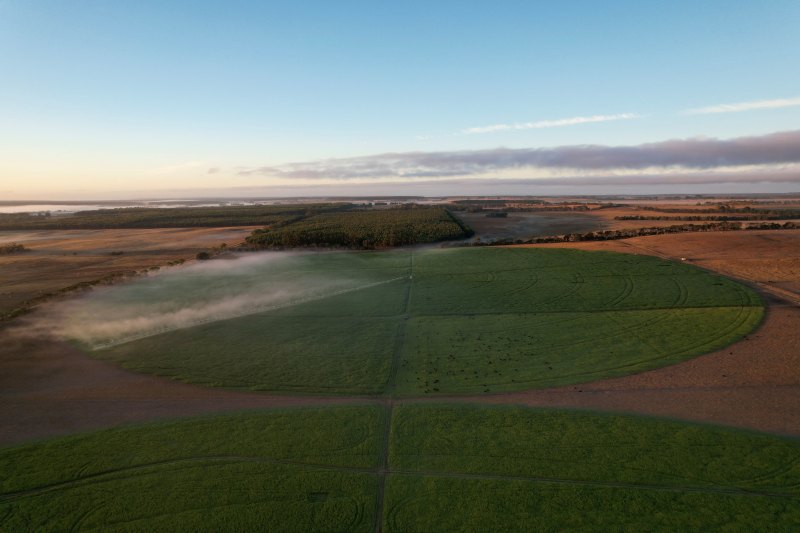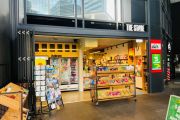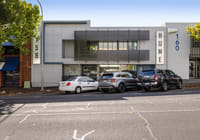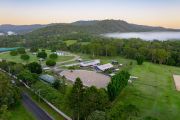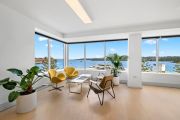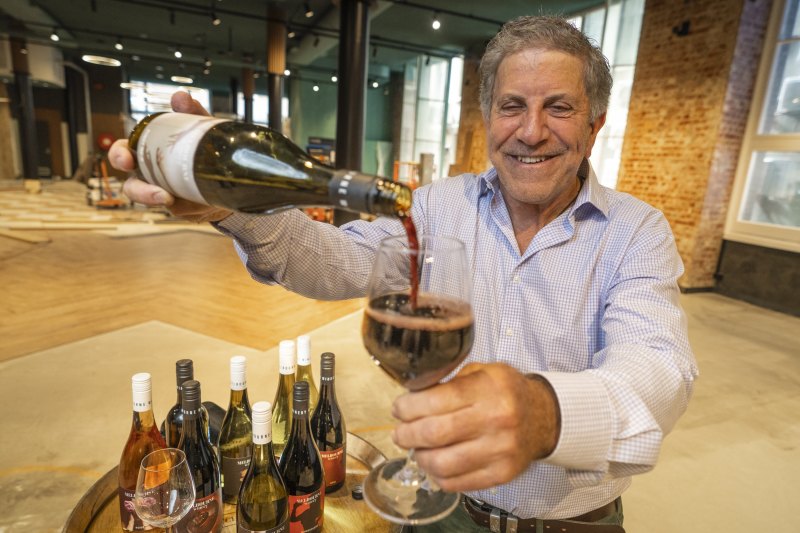
Meeting the demand for aged care with vacant CBD office towers
With some CBD office towers likely to be vacated post-COVID-19, and a growing demand from the Baby Boomer population for good, post-royal commission aged care, somewhere in there could be the solution to both problems.
Architect Kevin Miles is convinced of it. He’s just finished converting three old Department of Social Services buildings in Canberra into a seniors’ living complex and believes this could be the way forward.
“Given the ageing of our population and location of some under-utilised buildings, it makes sense to give them new life with a seniors’ focus,” said Mr Miles, the state managing partner of architectural firm Gray Puksand.
“We need to be looking at environmentally sustainable options for creating new aged-care buildings that can retain the embodied energy of the existing asset. And with the challenges of COVID-19 making working from home commonplace, the need for large CBD offices is diminishing and heightening the scope for their adaptive re-use.”
Working with new aged-care provider LDK Healthcare – Love, Dignity & Kindness – and Cromwell Property Group to deliver Greenway Views Senior Living, it’s a trend that’s starting to be seen in various pockets of Australia although it already has some currency overseas.
The attraction is obvious: many older people would prefer to downsize into retirement living somewhere in the city, close to all amenities, rather than a conventional village in the suburbs.
Office buildings, with their large floorplates, views from on high, often retail below and usually right in the middle of CBDs, can be ripe for reinvention.
Charles Fortin, managing director of lifestyle retirement, specialist care and health architects CM+A, says he’s seen aged care being developed in city towers before in other parts of the world. “I was exposed to one in the US years ago, but that was a 5-star hotel in Chicago being turned into aged care,” he said.
“That was a very strong model and, while I haven’t seen office towers converted, that would make a lot of sense. When people retire, they might want a sea change at first, but later they want to move back to where the action is. There’s a good example in the Swiss capital Bern where aged living has been built next to a giant stadium downtown, and people there love looking out from their balconies at all the action.”
At home, we have another example, where the former headquarters of Australian Unity in South Melbourne is being converted into aged care, next door to The Grace vertical retirement village.
Conversion of the 1970s building at 114 Albert Road presents plenty of challenges as it wasn’t designed to the higher standards of residential accommodation and the load-bearings have to be reassessed as well as the fabric of the building renewed.
Also, it has a flight of steps into the building at the entrance. “So, the first thing we have to do is lower the whole floor, so it has an easier entry,” said Lorraine Calder, the general manager of places at Australian Unity and a former architect. “Then we have to thicken up the walls and the core that supports the floors to bring them up to standard.
“It’s easier with a more modern office building as they’re higher quality and have paid more attention to the work-life balance of employees, so they’ll often have outdoor terraces and beautiful rooftop terraces and let in a lot more light.”
For this building, the non-load-bearing partitions are being torn out, a green wall is being constructed where one side of the building looks out onto another office block, and voids are being punched in to give people views and access to other parts of the building.
Then new rooms are being constructed for the 17 people of each “household” on separate floors, windows are being taken out on some floors to create “outdoor” winter gardens, and whole floors are being refitted with communal facilities. With a rooftop garden to be constructed as well, work is expected to finish in late 2022 or early 2023.
For C-grade assets, in particular, and old assets in general, this could mean a whole new lease of life. Cromwell Property’s chief sustainability officer Phil Cowling says adaptive re-use is such a worthwhile goal, rather than wastefully tearing down and starting again with its huge carbon footprint.
“With the Canberra office buildings [used for Greenway Views], we looked first at turning them into an education or health facility, but then joint partners LDK came along, and we could see there’s an enormous, and growing, need for aged care,” Mr Cowling said.
“We also set higher performance goals with our work on the building, like 50 per cent better energy efficiency, so now heating bills will be much lower for the ageing residents who often want to save a few dollars.”.
The conversions can still be tricky, however. “You have to improve the fabric of the building, with glazing and insulation for the roof and walls, break floors up into multiple rooms and add balconies or outdoor spaces if you can, and bring in bathrooms, and really add lots of amenity,” Mr Miles said.
Downstairs at Greenway Views, there’s now also a hub of retail that’s been curated, with a grocer, hairdresser, men’s shed, cafe and restaurant, and there is plenty of basement storage, so residents don’t have to part with so many possessions when they downsize. An old auditorium has been converted into a movie theatre and meeting room, and there are spaces for studying and computers.
The interiors have been designed to avoid the usual sterile atmosphere of some aged-care facilities. Instead of handrails, for instance, there’s furniture that elderly residents can lean on instead.
“We’re now already talking to other aged care providers about this project,” Mr Miles said. “It’s great to re-use existing buildings and repurpose them for a good cause!”

